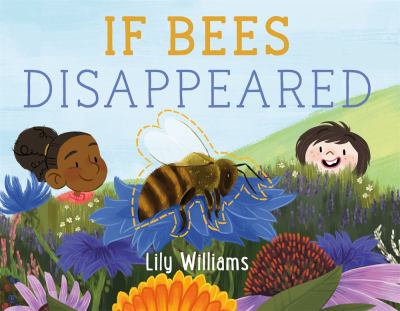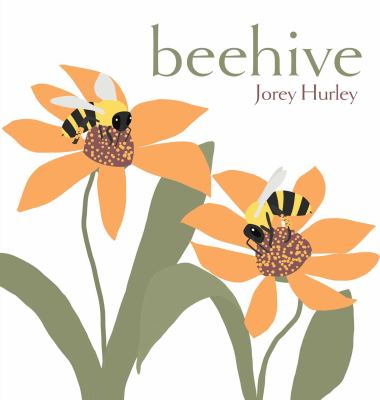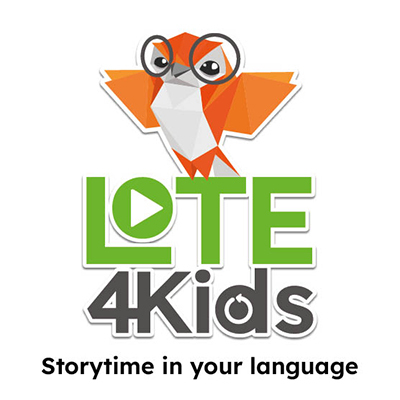By this point in the year, I’m sure you’ve seen a bee or two buzzing along from one flower to the next, gathering their food of nectar and pollen to take back to their beehive. Fun Bee Fact: There are over 450 species of bees in Missouri. Worldwide, there are 20,000! That’s a lot of bees!
Out of 450 bees local to Missouri, can you guess which bee is not native?
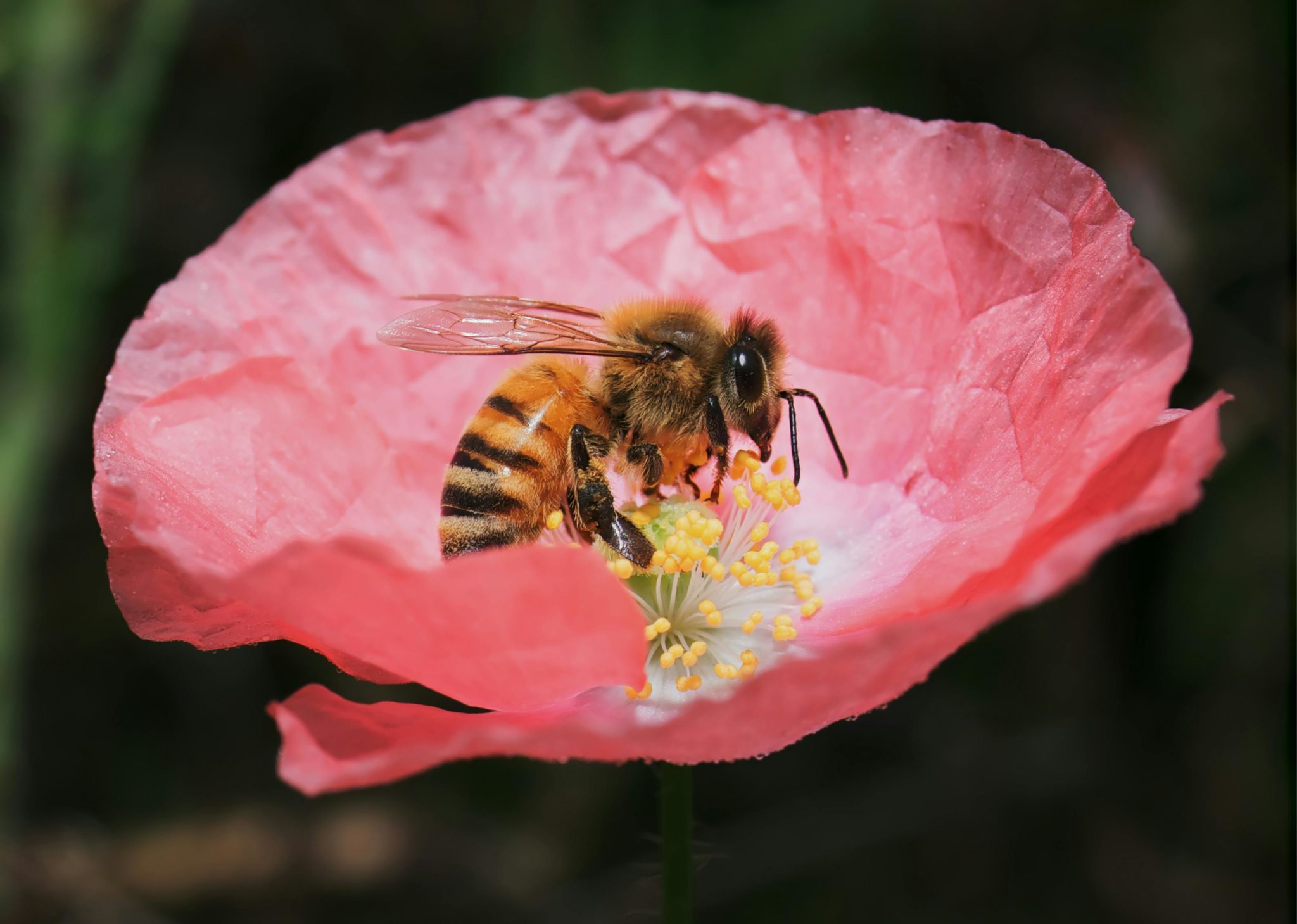 If your guess is the honeybee, you would be correct! Honeybees were brought to the United States during the 1600s from Europe and are now commonly found in Missouri.
If your guess is the honeybee, you would be correct! Honeybees were brought to the United States during the 1600s from Europe and are now commonly found in Missouri.
Other bees local to Missouri include Bumblebees, carpenter bees, and leafcutter bees. Each species of bee has a different role, but they all play a big role in our environment. Take a look at this guide by the Dept of Conservation and the St Louis Zoo to learn about the variety of bees we have.
So what is it with all this bee buzzzzzz today?
May 20 is World Bee Day. While their stings can hurt (ouch) they are an important part of our ecosystem. What are bees exactly? Bees are insects that are pollinators. They carry pollen on their legs to and from each flower. Because of this pollination, we have beautiful Missouri flowers and a variety of fruits and vegetables in our garden. According to NRDC, one in three bites of the food we eat is the result of the pollination of bees.
Colony Collapse Disorder is the term given to beehives when the majority of the colony suddenly dies, leaving behind a few immature bees to fend for themselves. Inevitably, we lose the colony, and in turn, the bees’ ability to provide much-needed pollination. Some examples of potential causes of Colony Collapse Disorder include pollution and loss of habitat.
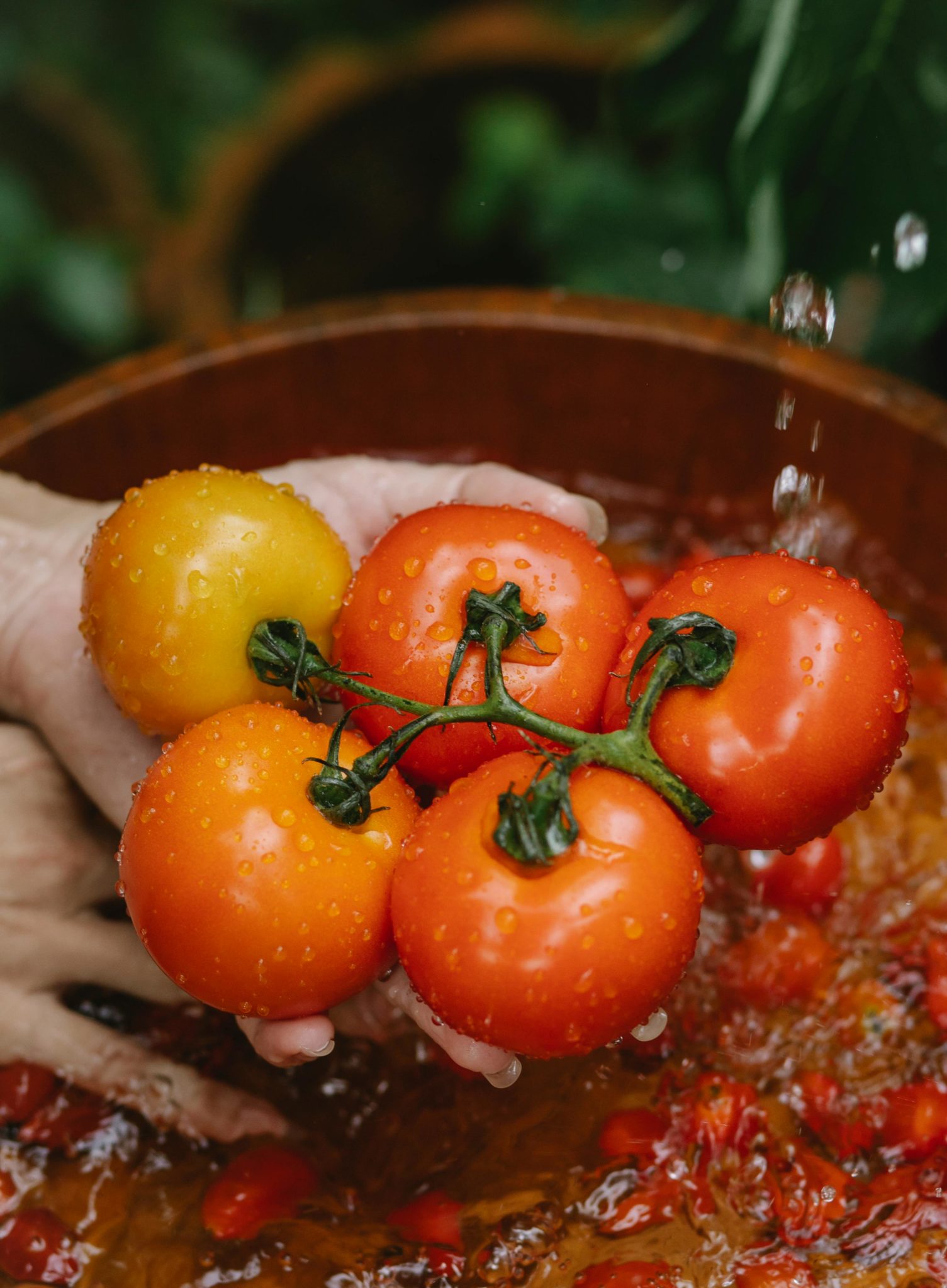
World Bee Day is a day where we can support all the wonderful things our bees do for our ecosystem. I recommend enjoying the day from a distance (unless you are a beekeeper), but there are many ways to celebrate our bees.
How can we support our bee friends?
Buy local honey
Support a local vendor and buy some fresh honey. Check online to find a local vendor near you. Visiting a farmer’s market is also a great way to find a local beekeeper.
Plant native flowers and trees
Take a walk around your neighborhood and see what plants are in the area. Can you identify which ones are native or invasive? Then, if you are able, plant some native greenery. Make sure you plant something sustainable and can thrive in that environment. Kids will have fun getting their hands dirty and learning about each plant.
Create a bee bath
Fill up a bowl or a bird bath with water. Add stones and rocks until they break the surface. This will give the bees a place to land and drink. Feel free to make this a creative project or as simple as you’d like. Kids will enjoy pouring the water and adding in rocks.
Read and learn about Bees
DBRL has many bee books to discover. Below are a couple I recommend.
If you wanted to see what would happen without the beloved honeybee population, this would be the book for you. “If Bees Disappeared” by Lily Williams describes the life of the honeybee. How, because the honeybee is more efficient than the wind in pollinating multiple plants and flowers, we are able to have the variety of fruits that we have today.
“Beehive” by Jorey Hurley is an adorable picture book that truly captures the life of a bee with only one word per page. A great read for littles!
Try out these activities to celebrate the impact the bees have on us. Eat a salad from a fresh garden, create a bee bath or read a book from the library. There are so many wonderful choices to choose from to support our bees.

